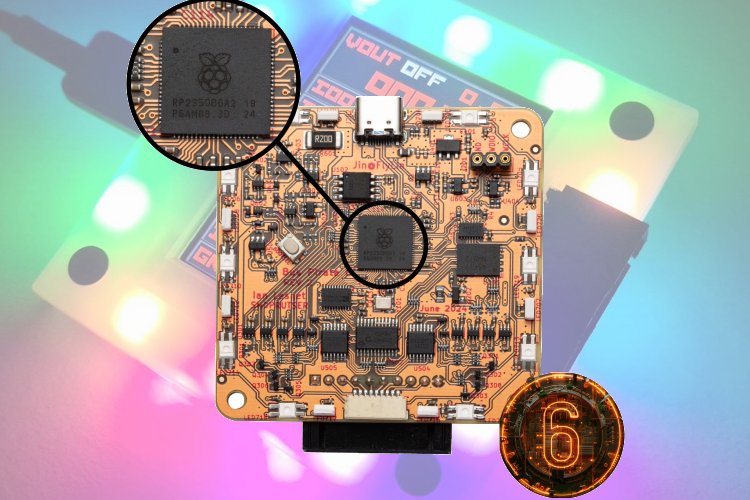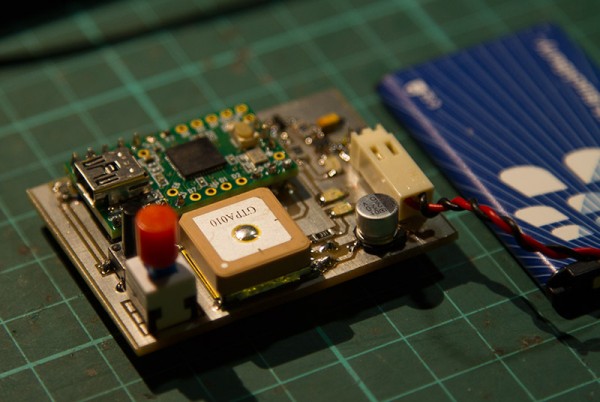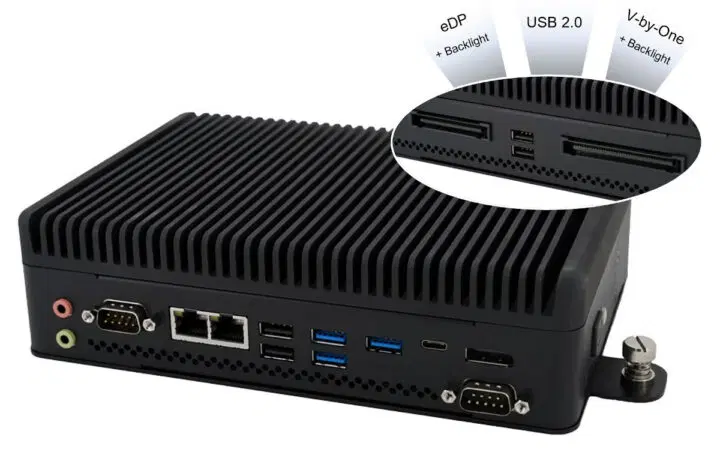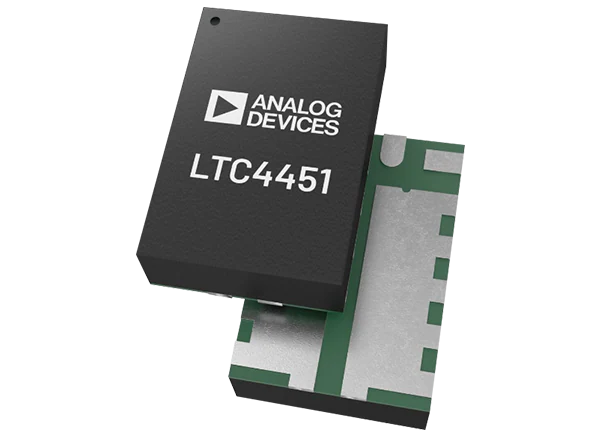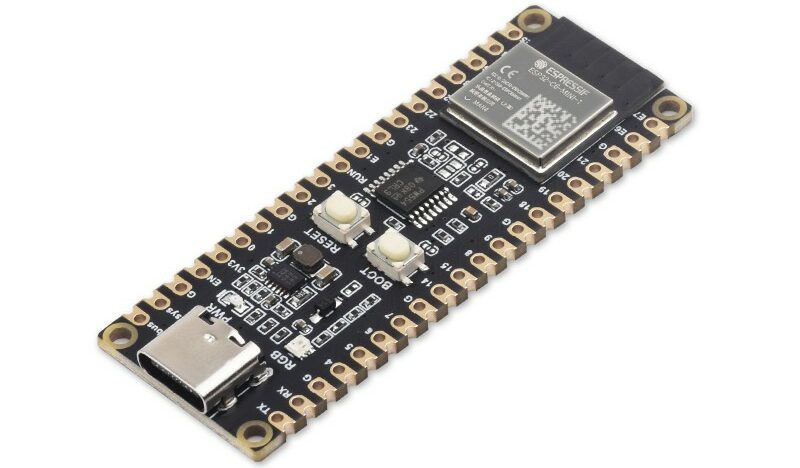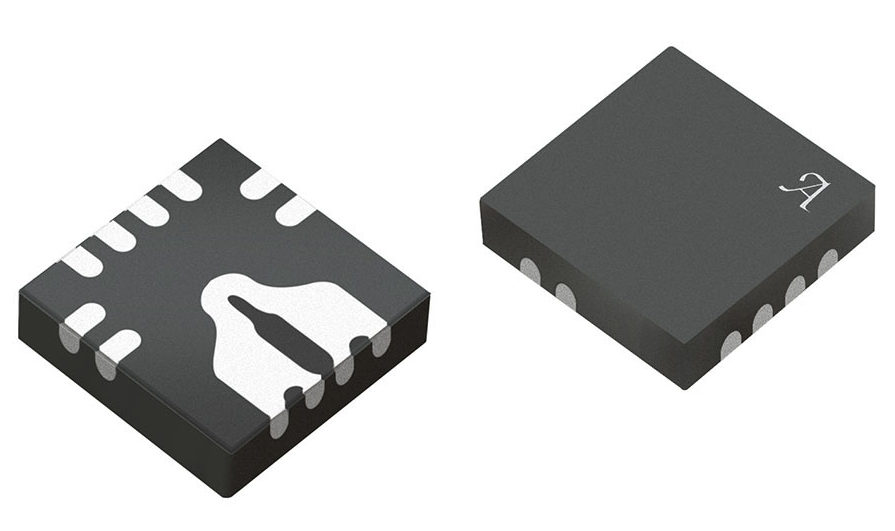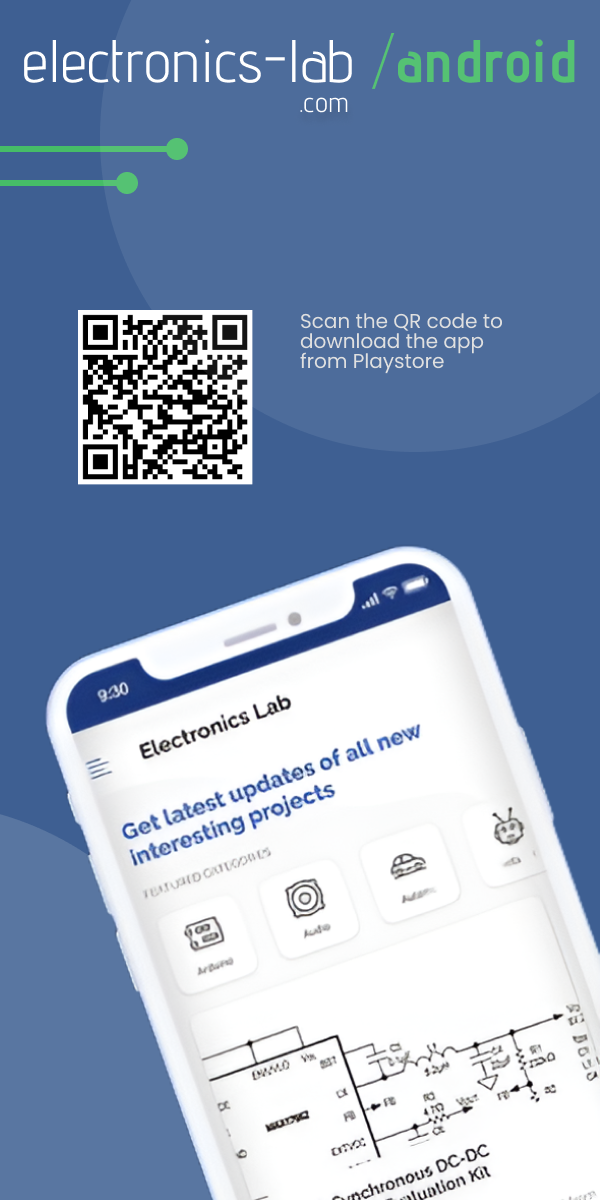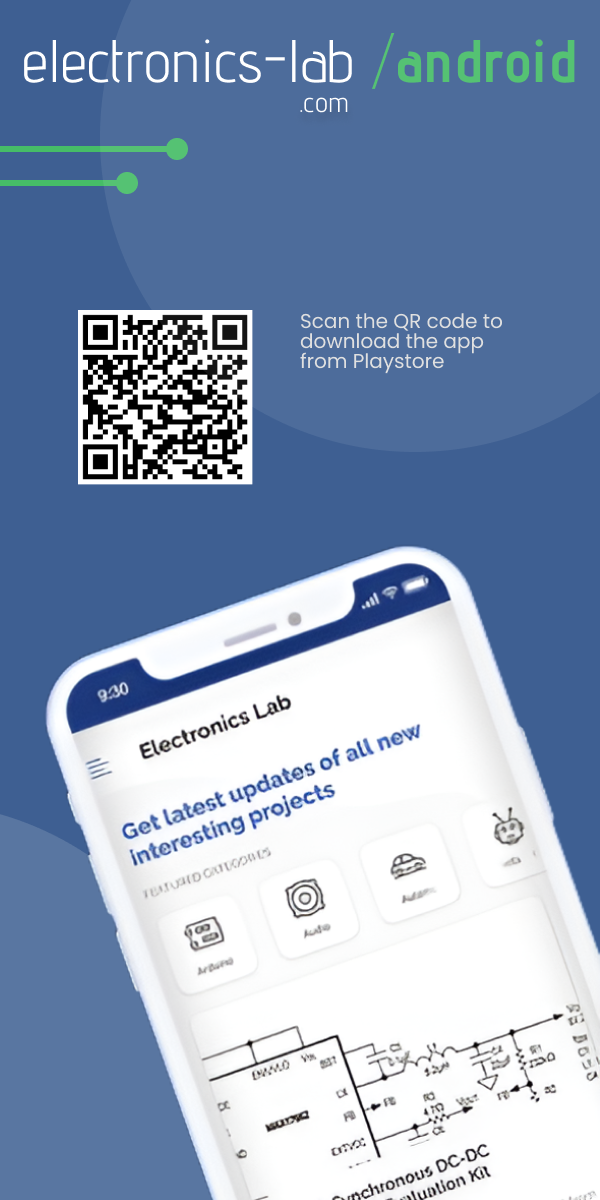
2D CMOS PDF417 customized mini-size auto-sensing embodied barcode scanner module
Image sensors are the crucial part of various analog and digital electronic devices such as digital cameras, webcams, camera phones, camera modules, optical mouse devices, medical applications, night vision cameras, thermal cameras, barcode scanners, radar, sonar, and many others. An image sensor is a type of sensor that detects and conveys information used to make images. The information is the variation in light waves. This data of attenuation of the light waves are converted to electrical signals. The signals created are like short bursts of current that carry information. The image sensors mostly use either CCD (Charge Coupled Device) or CMOS technology.
CCD Technology-based Image Sensors
CCDs (Charge Couple Devices) use MOS (Metal-Oxide-Semiconductor) capacitors and CMOS amplifier stage for image sensing. Here, an array of MOS capacitors is employed, each carrying an electric charge corresponding to the light intensity of a pixel. With the help of a control circuit, the charge from one capacitor is transferred to its neighboring capacitor. The process here is similar to the data transfer in shift registers. The charge from the last capacitor in the array is transferred to a charge amplifier. The charge amplifier reads the quantity of that charge and in this way, an image is formed. The CCD-based image sensors are used in high-end broadcast systems where quality is a concern.
CMOS Technology-based Image Sensors
CMOS image sensors are also based on MOS technology like the CCD technology. But in this technology, a photodiode, and a MOSFET is used for each pixel. This allows the pixel data to be amplified individually. With this approach, the CMOS image sensors achieve a higher data rate than CCDs. Further, noise occurrence is also low in CMOS technology. In addition, CMOS image sensors cost less to produce and are preferred in compact devices due to their low power consumption.
About the 2D CMOS PDF417 Barcode Scanner module
2D CMOS barcode scanners are very popular nowadays due to their high quality, range, and low price. 2D barcode scanners can scan 1D barcodes as well as 2D codes such as QRCodes and data matrices. 2D CMOS PDF417 scanner module is a very compact auto-sensing barcode scanner module that supports the TTL interface. It is specially designed for PDF417. PDF417 is a stacked linear barcode format used in a variety of applications such as transport, identification cards, and inventory management. “PDF” stands for Portable Data File. The “417” signifies that each pattern in the code consists of 4 bars and spaces in a pattern that is 17 units (modules) long [1].
It has the following features:
- Specially Designed for PDF417
- CMOS image sensor,reads 1D & 2D barcodes.
- No driver, plug and play.
- Supporting TTL interface.
- A wide-angle lens design that scans a large area.
- Super scanning and decoding ability, can read incomplete and fuzzy codes.
- The scanner reads 2D & 1D barcodes printed. on labels or displayed on device screens.
- Mini size and lightweight easy to be integrated into various solutions such as kiosks flow line. medical equipment. ticketing machines, PDA. vending machines, and many more.
- Can be customized according to customer demand.
Store Website: https://www.aliexpress.com/item/10000386520899.html
References:





